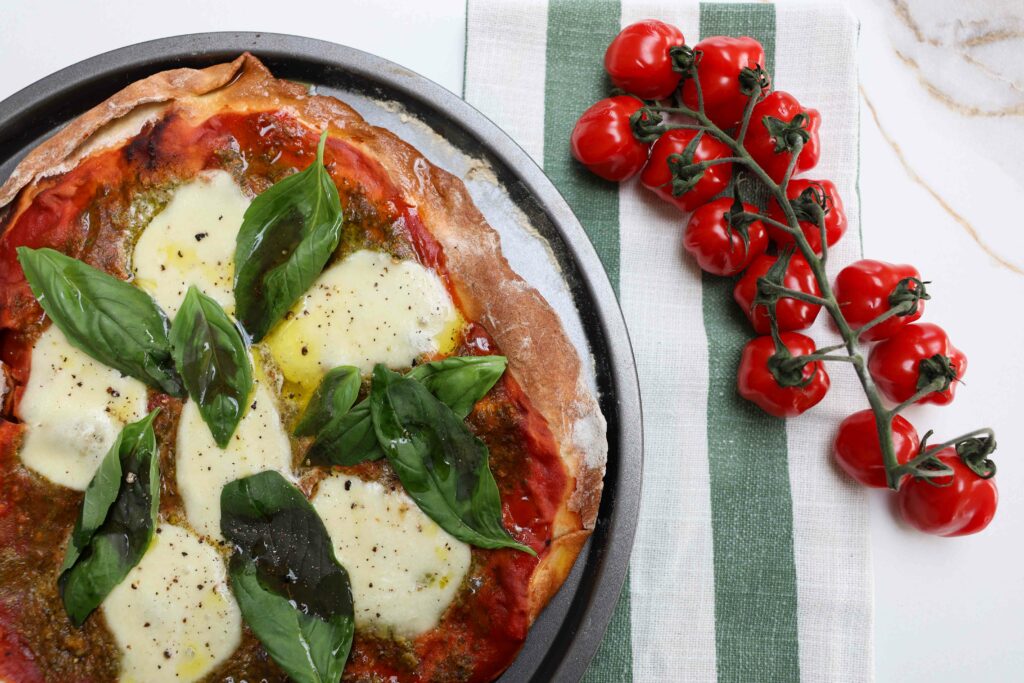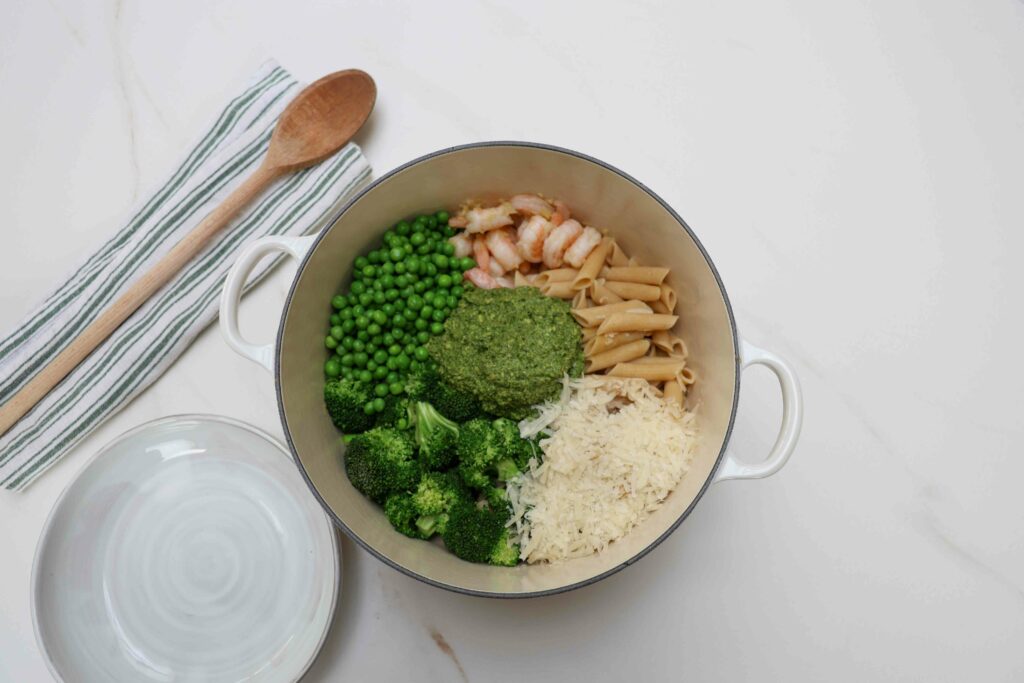Eating Seasonally
10 Apr 2025Eating seasonally means enjoying fruits and vegetables at their natural peak, when they grow best in your region. During these times, they are more abundant and fresher, hence, in ‘fruitful’ supply (excuse the pun).But why should we embrace and eat more of these seasonal foods? What difference does it make if you walk into the supermarket and can choose strawberries in December, or mangoes in November.

Benefits of Eating Seasonally
Economic Benefits: So when these fruits/vegetables are in season, they are plentiful, and often that means that farmers have more than what they need. It’s simple supply and demand as when there’s more available, prices drop, which is great! It supports our local growers and farmers, meaning their business can thrive, whilst saving money for us as consumers too.
Environmental Benefits: If we grow things naturally in the seasons that are best for them, they don’t need to be grown under special conditions like a greenhouse, which saves emissions. Additionally food that is sourced locally or in Ireland is better for the environment as less energy is produced and used to get them onto our plates as it removes the need for more planes or trucks.
Nutritional (and Taste!) Benefits: When we eat locally grown food, the journey from farm to fork is shorter. This means the produce is fresher, retains more nutrients, and avoids lengthy transport times that require preservatives. We reap the rewards of eating high quality local food in season as it will be tastier, because the produce is growing in its prime conditions such as delicious new potatoes in Spring, or crispy apples in Autumn. Of course, throughout the year, there are times that crops may fail and eating seasonally isn’t possible, or you would like a food that could never be grown in Ireland like bananas or oranges. Sometimes having apples, pears, plums when in season is worth thinking about but often it’s about that magical word of balance, and knowing that dietary perfection is not the goal.
How to Eat Seasonally:
- Checking what’s cheapest or most abundant in the supermarket as there is often a direct link between price and seasonality.
- Asking local fruit or vegetable shop staff
- Search online to double check what fruits and vegetables are coming into season in Ireland
- Explore growing herbs and vegetables at home, or in your local community garden.
- Otherwise make friends with your neighbours who may be delighted to off-load some produce during peak seasons with you!
What’s in Season in Ireland Now? (April): Wild garlic, new potatoes, spring onions, asparagus and rhubarb (and more).

Easy Rhubarb Compote
Rhubarb is a delicious treat to be enjoyed particularly from February/March, right through to August. Actually classed as a vegetable, these pink tinged stalks are jam packed with sweetness and can be easily turned into a show stopper that may feel a little healthier than a rhubarb tart, but still light and delicious.
Ingredients (but measure with your heart and what you have! This recipe doesn’t have to be exact):
6 rhubarb stalks, chopped
2–3 tbsp sugar/stevia (adjust to taste)
5-6 tbsp water (just enough to prevent sticking – a good dash)
1 sachet of sugar free jelly powder
Star Anise (optional)
Method:
- Preheat the oven to 180°C.
- Place chopped rhubarb in a baking dish with sugar/stevia and water.
- If available add 1 whole star anise to the baking dish
- Roast for 15–20 minutes, or until soft and slightly caramelised.
- Stir the sachet of jelly into the cooked rhubarb.
- Mix well and let it cool
- Store in the fridge!
Serve warm or chilled layered between yoghurt and granola, or even with ice-cream or on it’s own.
By: Lorna Ryan, Registered Dietician


